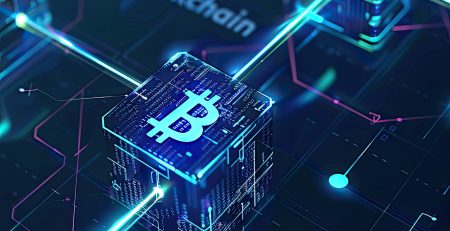Building a Culture of Continuous Learning and Adaptability
Building a Culture of Continuous Learning and Adaptability
Introduction
In an era marked by rapid technological advancements, global market shifts, and evolving customer expectations, continuous learning and adaptability have become essential for businesses to thrive. Organizations that prioritize learning not only stay competitive but also foster innovation, resilience, and employee engagement. This article explores the imperative of building a culture of continuous learning and adaptability in the modern workplace.
The Imperative for Continuous Learning
Technological disruptions such as artificial intelligence (AI), automation, and digital transformation are reshaping industries. The World Economic Forum predicts that by 2025, 50% of all employees will need reskilling. Companies that fail to invest in workforce development risk falling behind in productivity and innovation.
Rapid Skills Obsolescence: Roles and required skills are evolving faster than traditional training models can keep pace.
Competitive Talent Market: Attracting and retaining top talent now hinges on offering clear pathways for personal and professional growth.
Employee Expectations: Modern workers seek employers who invest in their development, leading to higher engagement and loyalty.
Key Elements of a Learning Culture
Building a culture of continuous learning requires a holistic approach:
1️⃣ Leadership Commitment
Leaders must champion learning by modeling curiosity, providing mentorship, and prioritizing development in strategic goals.
2️⃣ Accessible Learning Platforms
Invest in digital learning platforms, microlearning modules, and mobile-friendly content to make learning accessible anytime, anywhere.
3️⃣ Personalized Learning Paths
Leverage AI and data analytics to create individualized learning journeys aligned with each employee’s role, goals, and aspirations.
4️⃣ Recognition and Incentives
Celebrate learning milestones and provide incentives such as certifications, badges, and career progression opportunities.
5️⃣ Agility and Experimentation
Foster an environment where experimentation is encouraged, failure is seen as a learning opportunity, and adaptability is rewarded.
The Role of Adaptability
In a constantly evolving landscape, adaptability is as critical as continuous learning. Adaptable organizations:
Respond swiftly to market changes and capitalize on emerging opportunities.
Empower employees to take ownership of their growth and adapt to new roles or technologies.
Promote cross-functional collaboration and flexibility in job roles.
H.G&W’s Approach
At H.G&W, we believe that continuous learning and adaptability are the cornerstones of sustainable growth. We work with organizations to:
✅ Design comprehensive learning and development strategies.
✅ Integrate cutting-edge digital learning solutions.
✅ Foster leadership alignment with learning goals.
✅ Build resilience and agility into company culture.
Conclusion
As businesses navigate unprecedented change, building a culture of continuous learning and adaptability is no longer optional—it’s a strategic imperative. By investing in learning, embracing agility, and empowering employees, organizations can future-proof their workforce and drive long-term success.









Leave a Reply